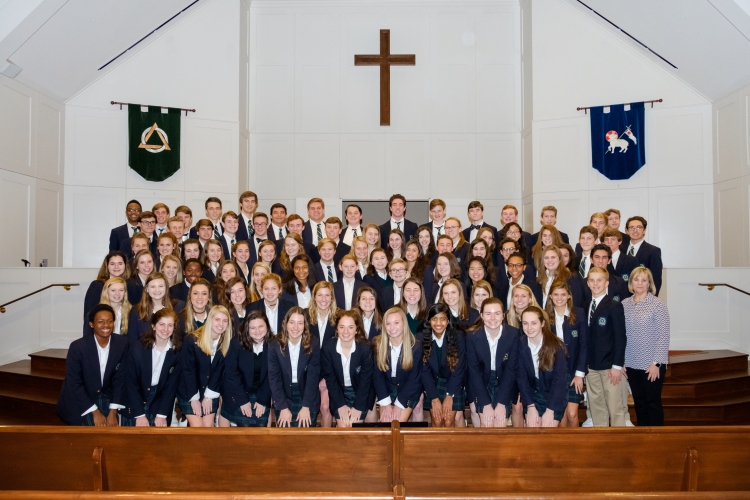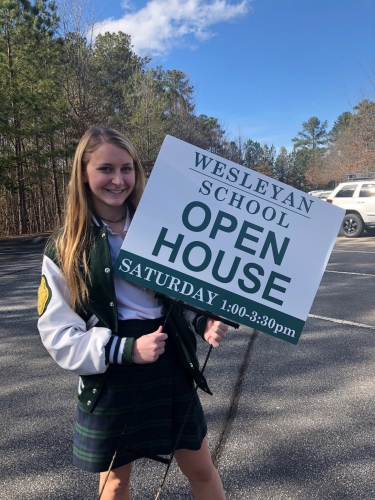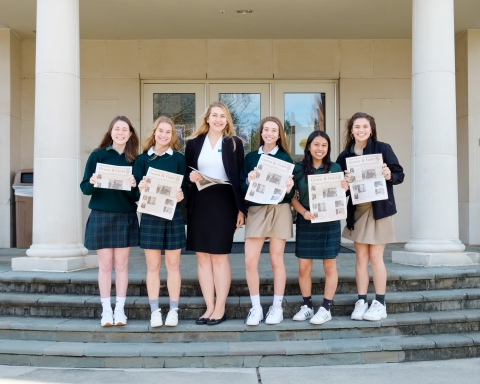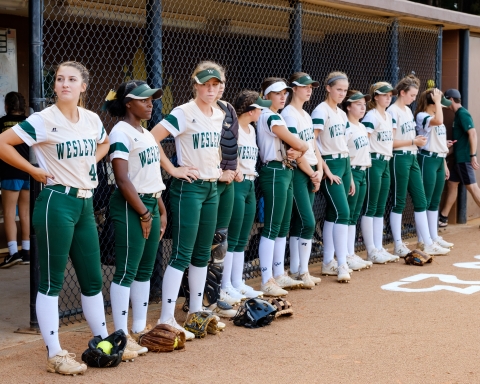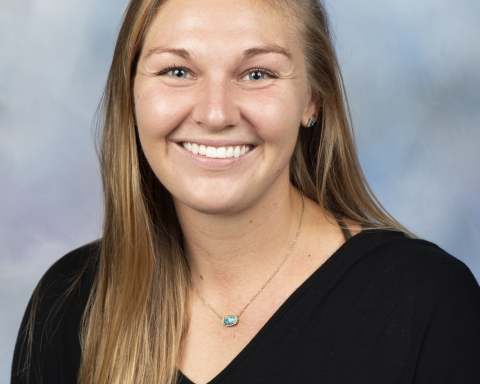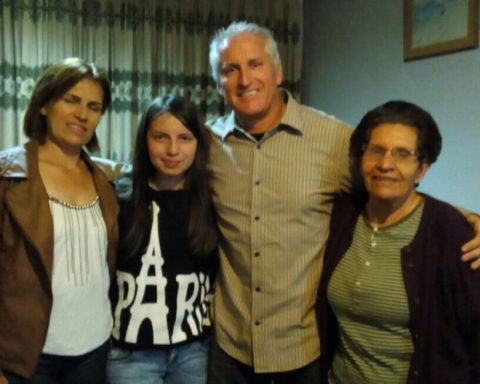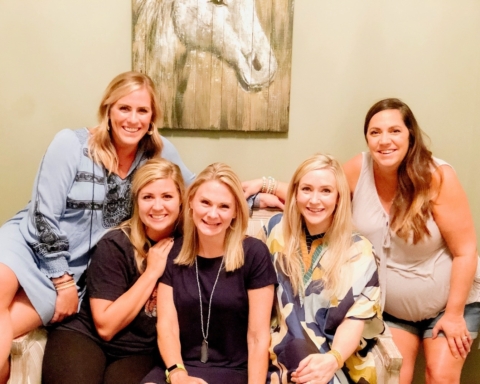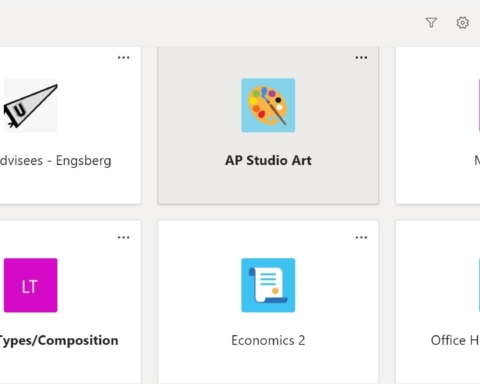All year long, the Wesleyan Admissions Department is hard at work preparing for the current season. While some refer to this season as “winter,” the admissions department and student ambassadors know it as admissions season – a time for prospective families to explore Wesleyan as a future school for their child.
In reality, the admissions process for new families really kicks off in “October and the season runs through the end of April,” said Head of School Chris Cleveland. The application process has many steps. Starting with a series of assessments that test the students’ skill level; it continues to an interview process and it ends with events such as tours and/or shadowing a Wesleyan student. The Wesleyan admissions staff also attends many school fairs and neighborhood coffees to inform different groups of people about the school. All these events are “a terrific opportunity to talk to prospective families about the mission and vision of the school,” Cleveland mentioned.
While October through January is filled with tours, visits and interviews, it is not even the busiest part of the season for the admissions staff. The season really starts to pick up from the end of January to March. “This is ‘crunch time’ for us,” said Mari Beth King, Director of Admissions. “The admissions committee meetings are typically in the month of March. Each division, lower, middle, and high school, has a team to review each applicant. These teams are made up of the admissions directors, division principals, a teacher representative, and of course Chris Cleveland. Every admissions file has at least three readers. By the end of March, we prepare decision letter which are mailed on Friday, March 30 this year.”
The admissions team is made up of an elite group of highly qualified individuals. King’s job is to “oversee the whole process of admissions and focus mainly on lower school admissions and tours.” She also oversees enrollment management, making sure that all the available spots get filled. “Jason Scheer handles the middle and high school admissions by leading tours, conducting interviews and fielding all the phone calls and emails,” King said. “Sylvia Pryor is the admissions coordinator. Her job is to plan events such as open houses, organize and filter all the new student applications and make sure that all the applying parents complete their forms in by the deadline,” King said. Lastly, Monica Macia is the interview and shadowing coordinator. “She is in charge of the student ambassadors, coordinating open houses, tours and shadowing days and she also coordinates parent volunteers, or parent ambassadors.”
The number of applicants accepted depends on the number of open spots per grade level. This year marks the most applicants Wesleyan has ever had. The key factor when it comes to the number of students accepted is based on “the size we want the grade level to be in order to maintain small class sizes and still support the various programs of the school,” said Cleveland. For returning students, “re-enrollment contracts go out and come back before any committee meeting begin. That way we will know how many seats there are to meet the enrollment number in the fall,” said King. Wesleyan makes sure to keep the small class sizes relevant through this entire process due to its value to by students, parents and teachers.
Ambassadors apply in October and are challenged to answer a series of questions about their experience at Wesleyan. The number of prospective families determines how many ambassadors are accepted each year. “Wesleyan ambassadors are chosen carefully so that new families get a taste of why Wesleyan is special,” said sophomore ambassador Ellen Otterbach. After ambassadors are chosen, they are asked to participate in things such as Open House, giving tours and interviews. The job of a Wesleyan ambassador is to give tours and “just be themselves and share their experiences at Wesleyan, with hopes that the family will see how Wesleyan is different. They are the ones selling the school,” said King. Senior ambassador Grayson Ragsdale mentioned that “As an ambassador, we are not allowed to speak negatively about other schools when giving tours or interacting with families. This makes the whole experience very positive.”
The job of student ambassadors is to give a student’s perspective on Wesleyan. It is such a unique opportunity for students to take on the responsibility of teaching people about Wesleyan. Otterbach loves having the opportunity to “share why she decided to come to Wesleyan and tell people why she absolutely loves Wesleyan.”
Another asset that makes Wesleyan admissions different from the admissions process at any other school is the fact that “we do look at applicant’s grades and test scores. Those things matter, and they are important, but we don’t want grades to drive the decision, but confirm our decision. We look long and hard at the desire of the student and the family to be at Wesleyan. We want students and families who want us as their first option. We want students and families who want to give to the school as much as they hope to receive from the school,” Cleveland said.
Another difference in Wesleyan admissions from other school admissions is, “Wesleyan is part of the AAAIS, the Atlanta Area Association of Independent Schools,” said King. The AAAIS is made up of 80 independent schools that all follow the same calendar for the admissions process and they send out all their acceptance letters at the same time. “Other private schools have a rolling admissions process and accept students throughout the year, but Wesleyan and other schools in the AAAIS have all the students turn in their applications at a certain time and then send out all of their acceptance letters at a specific date as well.”
The Wesleyan admissions staff, student ambassadors and parent volunteers work long and hard throughout the year to make sure that the admissions process for new students goes smoothly and they handle the whole process with grace.

